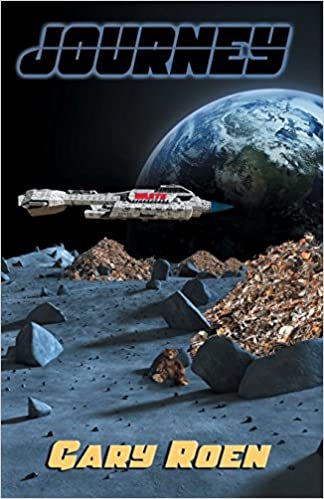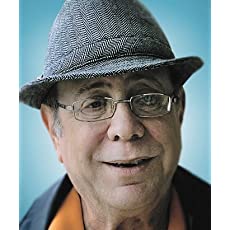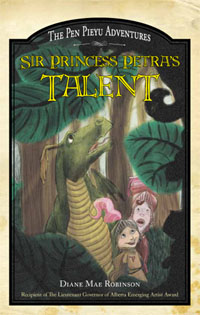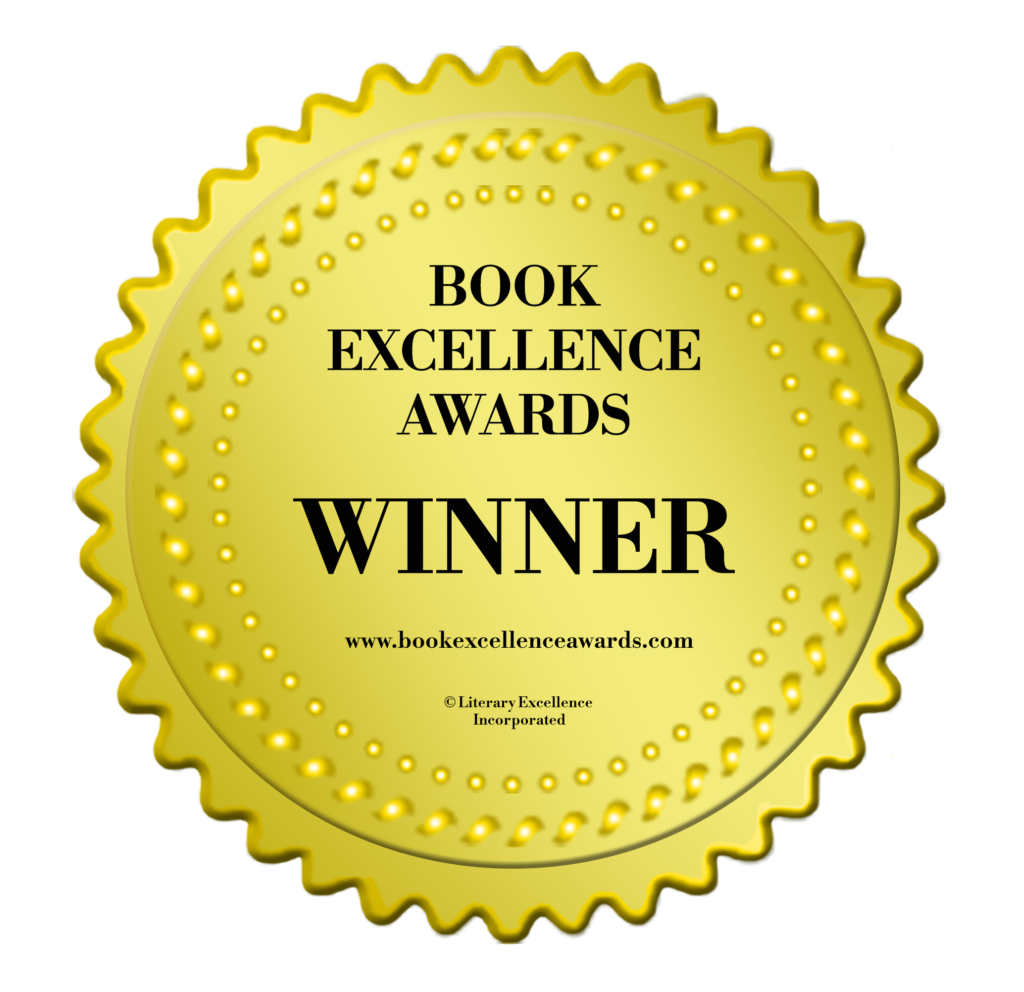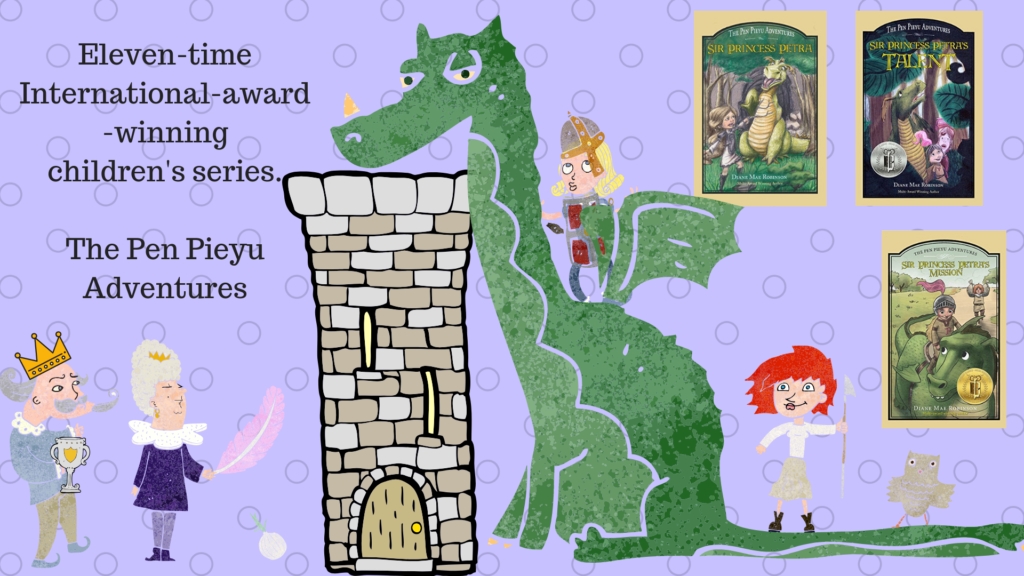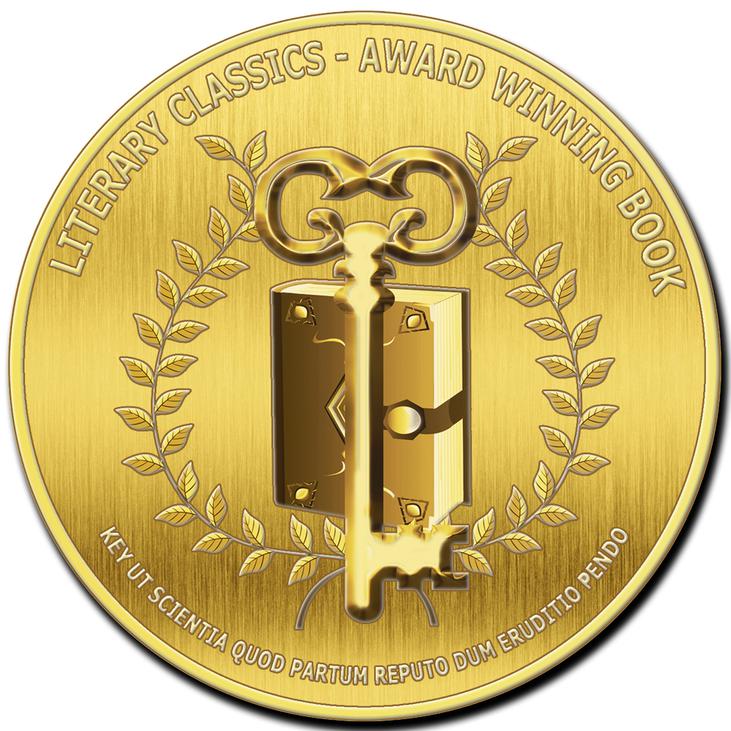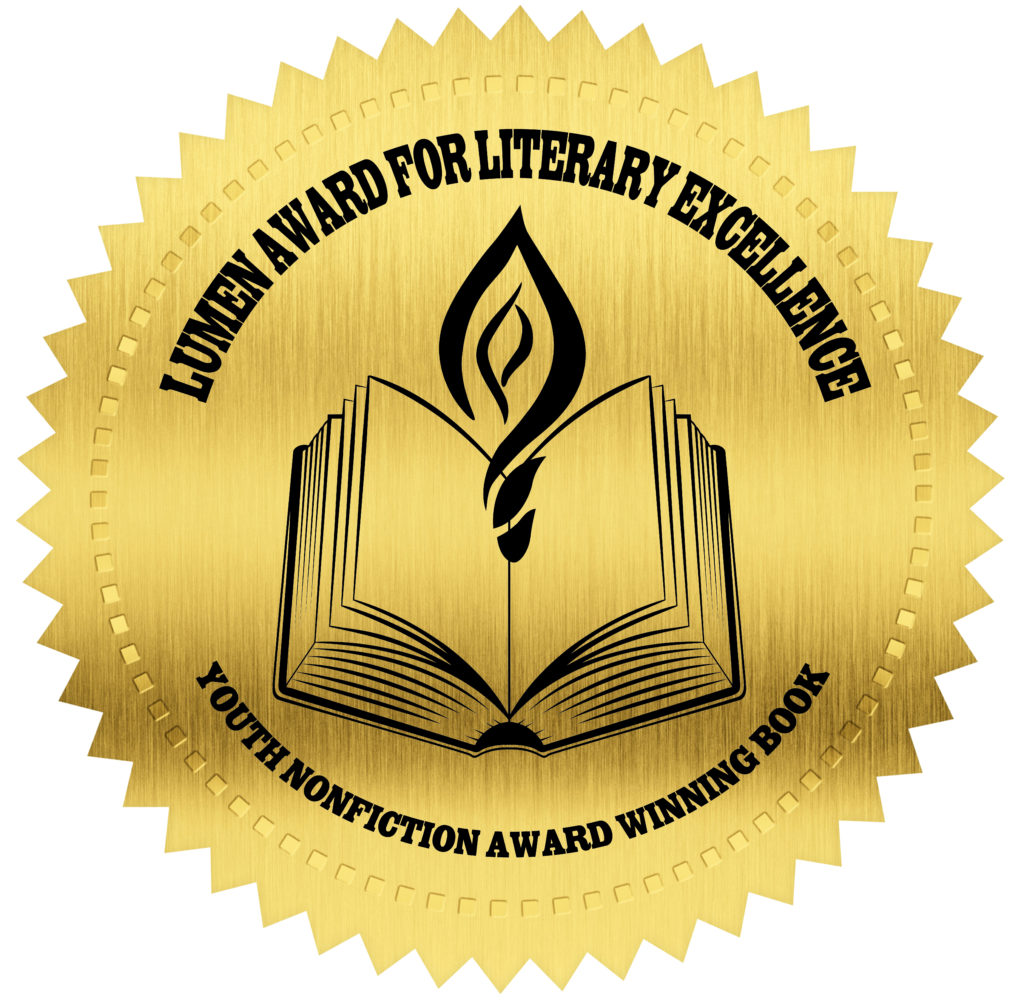An Interview with Gary Roen, author of several books, magazine articles, short stories, and poetry. Gary is also a prestigious syndicated book critic, among many other talents. Read Gary’s full bio after the interview.
Interviewed by Diane Mae Robinson, multi-award-winning children/teen author.
Diane: Hi Gary, and welcome. We recent met through a mutual author friend, and it is a pleasure to be able to ask you some questions about your diverse genres in writing and your interesting career.
Gary: Hi Diane. Thank you for interviewing me.
Diane: I recently read your science fiction book of short stories entitled Journey. The book begins with several stories about Slotski Bear; this character touched my heart in a big way. Although Slotski Bear is scary and evil looking, Slotski is a good-hearted fellow with special abilities to help people. Where did you get the idea for the character of Slotski Bear?
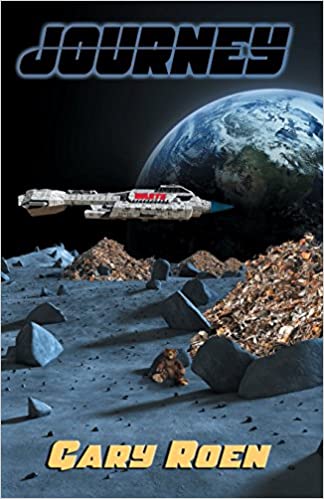
Gary: He came to me in two different ways. I worked in market research in malls of Central Florida. One morning I found the hideous teddy bear in a trash can. I retrieved him out of it then placed him in the seating area of a fountain we had there. I watched the children and studied their reaction. Most were very afraid of him crying or screaming with their parents. Others thought they would knock him down. Later I was out at a place having an evening meal when the idea came to me so I dashed home. To sum it all up in the first story Slotski Bear you have the explanation with the description of teddy bears and how we love them but there was nothing redeeming about this one. But there actually is. Taking it further we all have merit in this world, we just have to find for ourselves what that may be.
Diane: In Journey there are also many other short stories. Of these other short stories, do you have a favorite that was the most fun to write?
Gary: No, I don’t because I love writing them but ones like The Vivisection is one because I wrote it in the mode of a Twilight Zone idea and am so please when readers tell me has the feel of Twilight Zone. In Ryan’s Passing I toyed with what happens after we die. That story is also a tie in to the prologue of Slotski’s World. I won’t say how.
Diane: Tell us about your other science fiction book Slotski’s World. Is this where Slotski Bear adventures start?

Gary: Sort of but I don’t want to give anything away. I will only say there are more fun stories with Slotski as a main character or as a cameo character. In this one called Traces he has a role to play but I wanted to tell an intriguing tale of what happened. Here is the lead in “Stacey and Myron Beagle loved their residence in Christmas, Florida, until one day when they returned from shopping in Titusville to find it completely gone”. There is really such a place and it is a fun reason I placed the home there that is revealed later.
Diane: In your long career as a writer, you have written short stories, poetry, and magazine articles. What kind of writing do you enjoy the most and why?
Gary: I love it all but have to say I have learned my craft from all of it including going back to The University of Central Florida. Often known as UCF or You Can’t Finish but I am living proof You Can Finish. As to the poetry it helps because with the genre you learn every word is important and you have to grab the reader. In the short stories it’s the same but also, I am an author who read all types of authors growing up. Donald E. Westlake, Ian Fleming, John D. McDonald, Nick Carter for science fiction, Richard Matheson, Fredrick Brown, Harlan Ellison, Arthur Clarke, and Isaac Asimo. I learned from them growing up and took the knowledge further in my own works of short fiction. Also, I loved reading them just because I would be treated to excellent stories.
Diane: As a syndicated book critic, what are some of the best and worst things you liked and disliked about books you reviewed?
Gary: I have all kinds of books coming my way from publishers, P.R. firms and authors in the mail or that I meet at events. I also have been much more aware of some things they do in their work that I do not in mine. A title from a new author to me, was a great story with interesting characters and situations but was so tedious to read because she overused certain words in a paragraph more that 7 times. For instance, she said car when you could describe the model, call it an auto, a vehicle instead of the single one of car. That is a good thing as I conduct an exercise with other writers to make them more aware to tighten their works. The bad things are authors who have no patience as it is sometimes a lengthy process to get the review published. They forget that I read all the books I review, then write my appraisal. Or they will send me emails or other forms of social media wondering when it will be reviewed. Most of the time that is a sure-fire way to have me not do anything at all. To them you the critic are out there only for them and no one else, and that we who do write our options of the works in question have no outside lives like they do.
Diane: Tell us about your two poetry books The Forgotten Father: Coping With Grief and Look at Me World?

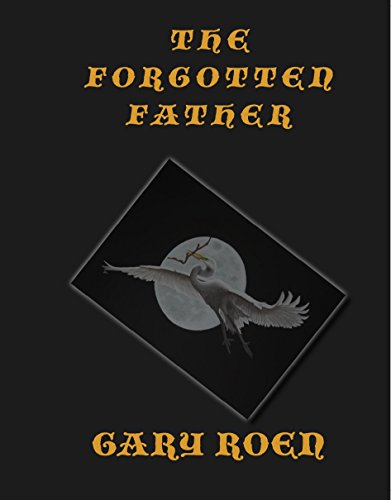
Gary: They are both about me. Look at Me World was my thoughts and observations on my life and the world when I was 19 to 25. The Forgotten Father Coping With Grief is later of my having to deal as a father with the death of my son. What I found is that many fathers are treated the same way when there is a death of a child no matter the age or circumstances. All the concern is for the mother not the father. Both books are writing in a poetic style that many have referred as E. E. Cummings. I wrote them in a free verse style with no punctuation or capitalization but there is a flow to it with the way I placed it on the page.
Diane: You’ve had a long and interesting career as a writer, book reviewer, market researcher, book publicist, agent, and book salesman. What jobs did you enjoy the most and why?
Gary: I have to laugh and I know this may be frustrating for your readers but I have loved it all as I have learned from every part of it. Examples are Slotski would not exist as it was a day in market research that prompted me to write the first story, as a critic I have been able to be on radio programs as a contributor and review on the air as well as write for publications like Midwestbookrevew.com for so many years. As author and anything else in the publishing realm I have been on panel discussions talking about a wide range of subjects and as a moderator because of my radio background of a host and co host as well. To me it’s all fun and I still learn in many ways. People think that education only comes from being in school or college but I am always gaining something from every thing I do.
Diane: Do you have any writing projects on the go now? If so, what are they?
Gary: Yes I have more short fiction written but just waiting to pull together into another collection while I have been watching in the safety of my own home the unfolding chaos of the Coronavirus that blends over to stories I want to tell but have not started yet that are based in some way on what we are seeing today. A lot of my fiction comes from things I know about, have heard of, or seen on TV, read in the papers or online. I am also reading more books to critique, while still enjoying it all. I also like to hear from readers as they can contact me on social media on Facebook, Twitter, and Linkedin, as well as check out my Amazon author page https://www.amazon.com/Gary-S.-Roen/e/B07GRCKX8K%3Fref=dbs_a_mng_rwt_scns_share
Diane: Thank you so much, Gary. I look forward to reading more of your work.
Gary: Diane thanks again for having me and I hope others will take away from our conversation something to help them in their quest to be whatever they want in life.
Gary Roen’s Bio:
Gary S. Roen, is the author of two collections of science fiction. Slotski’s World, and Journey (Legacy Book Publishing) as well as co-author of “Cats, Cats, and More Cats (Royal Fireworks Press)
He is the author of two books of poetry. The Forgotten Father Coping With Grief (Taylor and Seal Publishing) and Look at Me World (Chateau Publishing). His work has been included in the short story collection; Computer Legends Lies and Lores (Ageless Press) and online magazines including, Anotherealm, and Mercury Sky. He is also the author of a satirical play entitled “Vamp.
Roen is also a nationally syndicated book critic/writer, consultant who has been writing close to 45 years. His syndicated reviews have appeared in hundreds of daily, weekly, and monthly, publications that currently include Midwest Book Review, The Beachside Resident, Orlando Advocate, St. Cloud in the News, Osceola News-Gazette, Bivouac Magazine, and Arrhythmic Souls
His articles have run in; Living Well and Live Wisely, bUnike Magazine, The Beach Side Resident, Strange New Worlds, Crime Book Digest, Eleven Magazine, Backstage Pass, and West Orlando News.
Over the many years of his career Roen has been a book salesman, as well as a publicist, for several publishing houses. He has been an agent working with authors and publishers in the true-crime field.
He has been a regular on-air contributor to many different types of radio and TV shows throughout the United States.
For a number of years, he worked for numerous companies in the field of market research, in Central Florida, as an independent contractor. This gave him many diverse experiences, that have often found their way into much of his fictional stories.
Check out Gary’s books on Amazon: https://www.amazon.com/Gary-S.-Roen/e/B07GRCKX8K%3Fref=dbs_a_mng_rwt_scns_share Listen to Gary’s interview on Treasures From the Trash Heap with Author Gary Roen on the Hangin With Web Show: https://www.youtube.com/watch?v=WXrv7WmO9kI&feature=youtu.be&fbclid=IwAR2g-QX2H41PB-dhMso9ryQjb0WtJuzxlVHCPQa5imi6H8xwkV1ADgHlzEE

